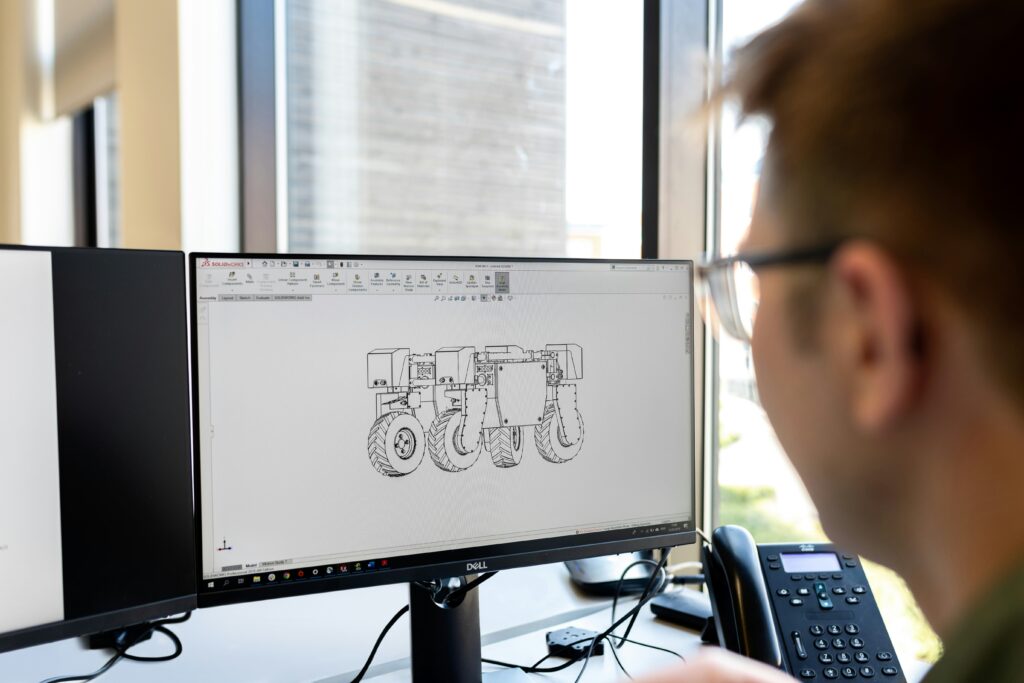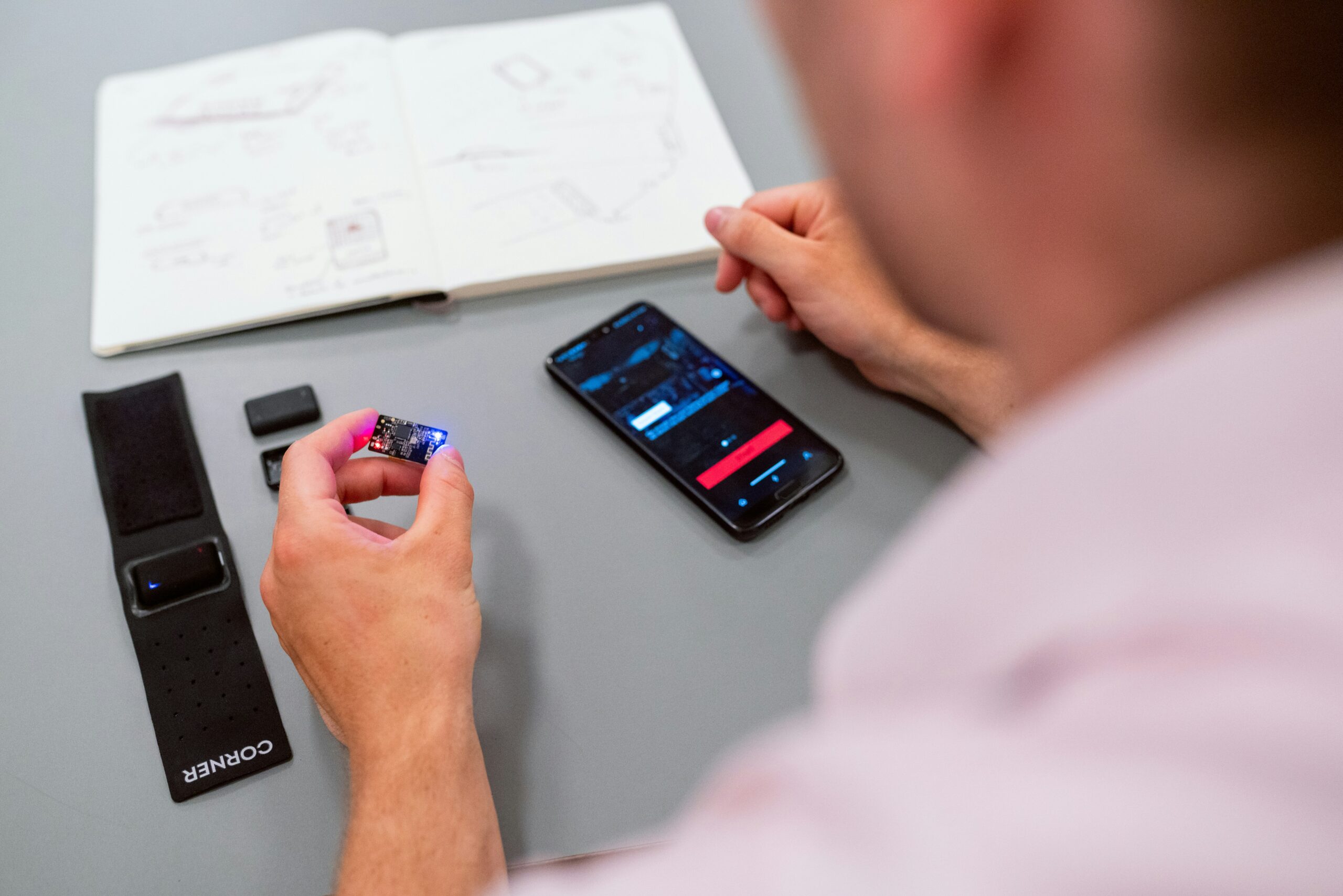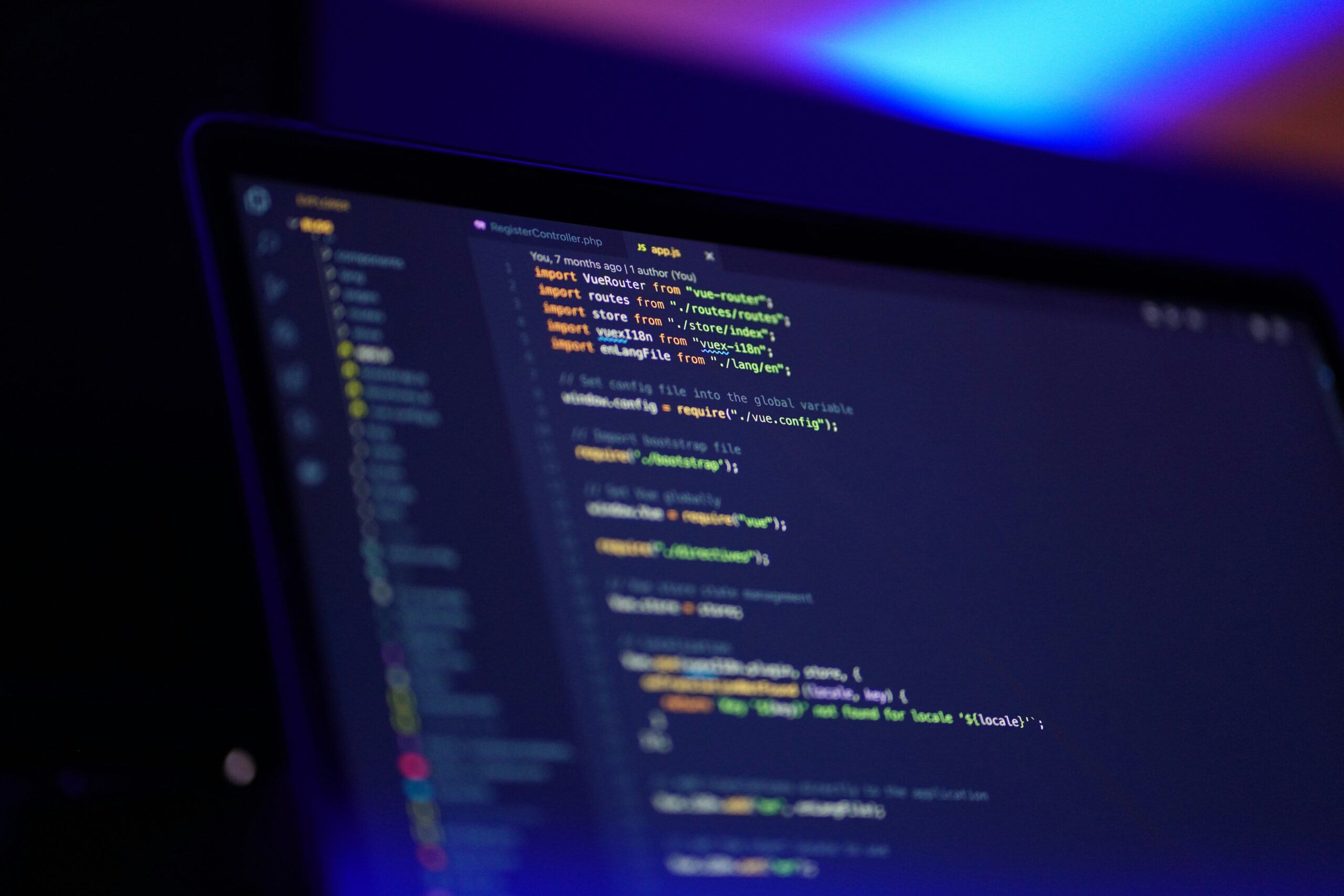Game Design and Development have been together in game development from the very beginning. Not only do they go well together, but they also determine how successful the final product will be. In 2025, when games are more intricate and multi-faceted, the synergy between design and technical teams takes it to a completely new level. The impact of technologies such as artificial intelligence, virtual reality and improved graphics engines has presented new challenges and opportunities for game development.
Game design today is not only about visual aspects, but also dedicated attention to user experience (UX), game mechanics, and interaction with the gamer. Likewise, game development has also become creative-oriented, where technology specialists must give due consideration to one-off design requirements in order to create functional, optimized and engaging games.
Celadonsoft: ”Here we will touch upon the most salient trends, challenges and innovations characterizing the crossover of game development and design. We explore the interfaces of these two disciplines and observe how harmonious cooperation of developers and designers brings forth good quality games that are able to captivate the attention of the players and draw them in.”
Development Trends at the Nexus of Game Design
The past several years have witnessed the video game industry experiencing a real boom, and the intersection of design and development has been one of the key areas for the creation of quality and engaging content. With the advancements in technologies such as virtual reality (VR), augmented reality (AR) and artificial intelligence (AI), the boundaries between coding and design are becoming increasingly blurred, with tremendous opportunities for innovation.
Impact of Technology on Game Projects
Modern technology is a primary driver in transforming both game design and storytelling.
- Virtual Reality (VR) brings new potential to level design and player interaction, challenging developers to include rich, interactive and realistic worlds.
- Augmented Reality (AR) allows for the creation of new and tailored games in which players interact with the real world using mobile devices.
- Artificial Intelligence (AI) transforms how you go about designing characters and enemies, allowing you to create more dynamic and «smart» game mechanics, as well as to deepen the player’s interaction with the game.

Evolution of Visual Design in Games
The game design has developed a long way, from pixel art to photorealistic worlds.
- Photorealism – games every year are increasingly visually impressive, thanks to the use of new texturing and rendering technologies, which creates almost real-world effects.
- Minimalism and art-design style – against the backdrop of realistic graphics, there is a trend for characteristic styles such as neon lights and abstract shapes, which makes it possible to stand out from other projects.
- Dynamic lights and shadows – modern engines such as the Unreal Engine and Unity allow you to create advanced light effects that contribute significantly to the game’s atmosphere, adding to visual perception and immersion.
UI/UX Role in the Game
Creating an intuitive user interface (UI) and a well-designed user experience (UX) is becoming an important factor in game development.
- UI/UX for immersion – The interfaces aren’t merely functional anymore, but also integrated neatly into the process of gameplay development, without breaking the mood of the game. A well-designed UI simplifies the interaction of the player with the world, as they can focus on the game and not the mechanics.
- Flexibility of the interface – with more and more popular mobile games, as well as cross-platform projects, one of the main trends has been creating flexible interfaces that are just as good on different devices, whether it’s PC, consoles or phones.
In 2025, the intersection point of game design and development will have an even bigger role to play as new methods of integrating these areas become the cornerstone of successful gaming projects.
Problems at the Design-Development Interface
Although the game development process is an exciting and pioneering process, it has a number of problems, most of which occur at the design-development interface. Designers’ and developers’ concepts can often not be coordinated in priority terms, with the result that work may become slow or even incompatible with visual idea and technical reality.
Attitude Difference: Creativity vs Technical Limitations
Celadonsoft: “Designers usually attempt to make something novel, beautiful-looking that can be difficult to obtain from the technical perspective. In-depth animations, sophisticated graphics or groundbreaking mechanics require enormous resources and have a big impact on the game performance. Developers, in contrast, work on performance, optimization and stability, which sometimes define the limits to creativity. This type of difference between the technological concepts and possibilities calls for intimate working together so that both can find compromises without conceding too much on both sides.”
Performance and Optimality Problems
Performance issues are likely the most common challenge development teams face at the crossroads of development and design. Games populated by rich-textured assets, complex effects and large numbers of objects are prone to running low frame rates or taking a long time to load. This lowers the quality of user experience and extends development time. Frequently, you would have to redesign or cut visual aspects in order to improve performance, something which may not always suit the original vision.
Team Interaction: Complexity and Solutions
Dialogue between designers and developers can create plenty of delays and miscommunication. Designers apply tools that might not take technical constraints into consideration, and developers might not understand how critical details and style are to the experience of the game. There could also be complications at the test stage, when design changes require reappraisal of the technical aspects of the game.
The solution to such problems lies in using flexible working processes, such as Agile or Scrum, where the teams constantly communicate with one another while developing. Shared project management and testing tools also facilitate understanding each other better. Such as, integrating design and code with the help of tools like Unity or Unreal Engine, you can easily and efficiently test technical and visual solutions, reducing the possibility of errors and misunderstandings between commands.
Communication in Breaking Barriers
The key to success is continued communication among teams. Regular meetings, joint review and planning facilitate both parties in coordinating their work, fulfilling various demands and bringing the best output. Creating a culture of understanding where both sides have common goals will not only resolve current problems, but will also greatly contribute to the process of development in general.
Best Practices for Integration of Design and Development
In 2025, hits do not only require design talent but furious technical integration to make these visual and gaming stuff run smoothly. Today’s techniques and tools are the key in making team collaboration among groups of developers and designers possible.
Prototyping Systems for Rapid Testing of Ideas
Prototyping is a useful tool that allows developers and designers to quickly test game idea concepts. With the help of software such as Figma, Sketch or the user-friendly properties of Unity and Unreal Engine, teams can quickly create versions of mechanics and levels by prototyping them with minimal time and resources. This allows for early identification of flaws in the idea and changes to be made before development.
Design Solution Integration with Game Engines
Solid game engines such as Unity and Unreal Engine provide rich capabilities for embedding design solutions into the development process directly. For example, Unreal Engine can be used with Blueprints, a visual scripting solution that allows designers to interact with code without needing extensive technical knowledge. This allows for creative and technical team collaboration and speeds up workflows.
User Participation During the Testing Phase
The most significant among the methods which are being more and more implemented is to actively involve players directly in the process of prototyping and testing. The use of Beta releases, focus groups and player behavior analysis allows for true improvements in the game play. It not just enhances the mechanics and interface, but also identifies potential problems with the design and performance.

The Future of Game Design and Development: What’s Next?
Every year, games become more complex and technologies more powerful. In the future, we will see even more innovations that impact both the design process and the end product.
The Impact of Artificial Intelligence on Gameplay
Celadonsoft: “Artificial intelligence (AI) already has a high profile in games, and the next several years will witness its even more intense use. The AI would not only control the NPC (non-player character) actions but also modify gameplay according to the player’s preference and play style for a personalized experience. This would contribute heavily towards gameplay engagement as well as game content variety.”
Hybrid Game Mechanics and Interdisciplinary Approaches
The future of game development is tied to the integration of different mechanics and genres, which means intense cooperation between developers and designers. Hybrid mechanics, such as integrating strategy and action games or introducing role-playing features into shooters, will require cooperation between development teams much more actively. This will enhance the necessity of experience sharing and quick iterations in every stage of game development.
Virtual and Augmented Reality
Virtual reality are increasingly used as elements of the game. The technologies are becoming more and more accessible with each year, and in 2025 we expect even more innovative solutions here. The effective application of VR/AR to gaming projects will require designers’ and developers’ cooperation in creating unique interfaces and game mechanics that best unveil the potential of these technologies.



